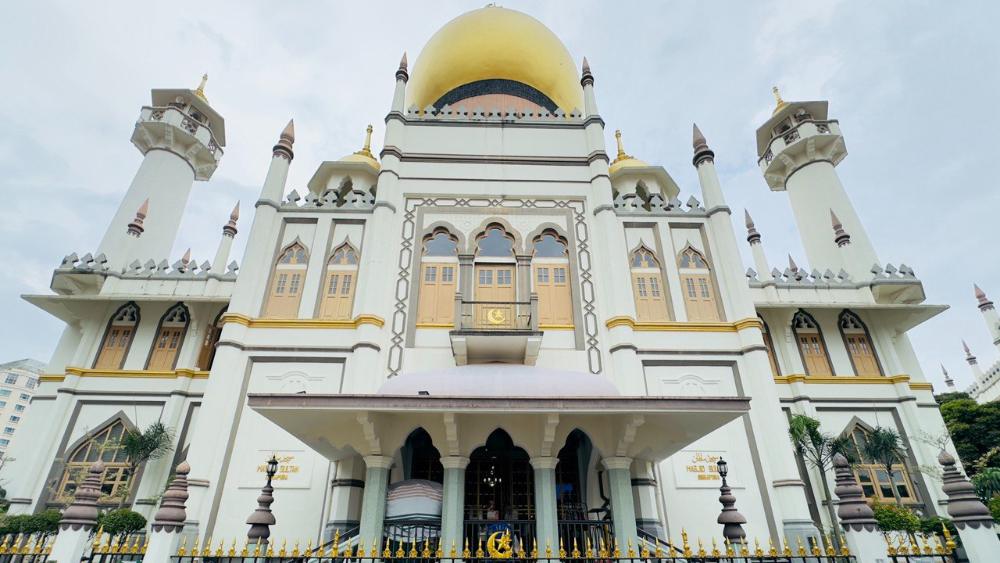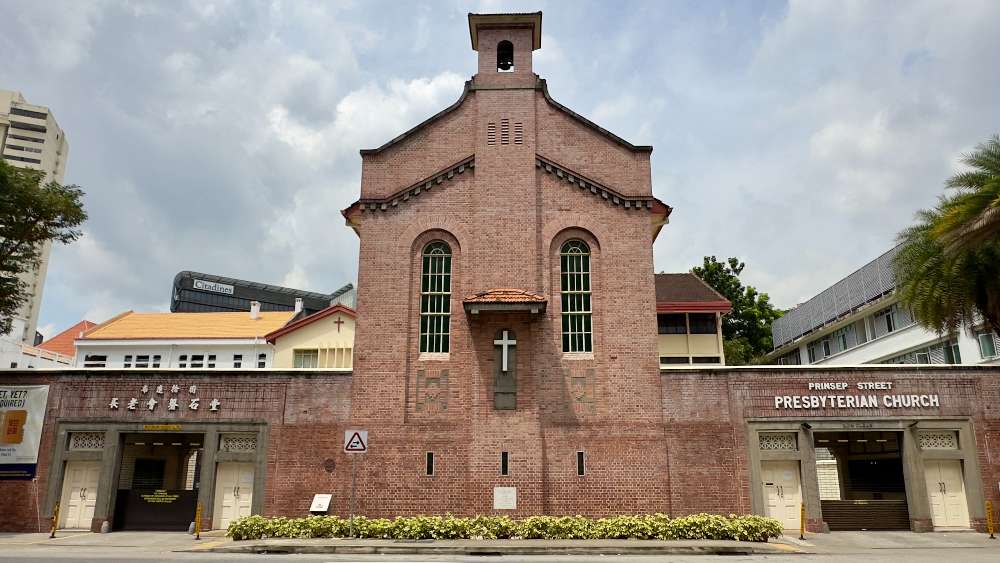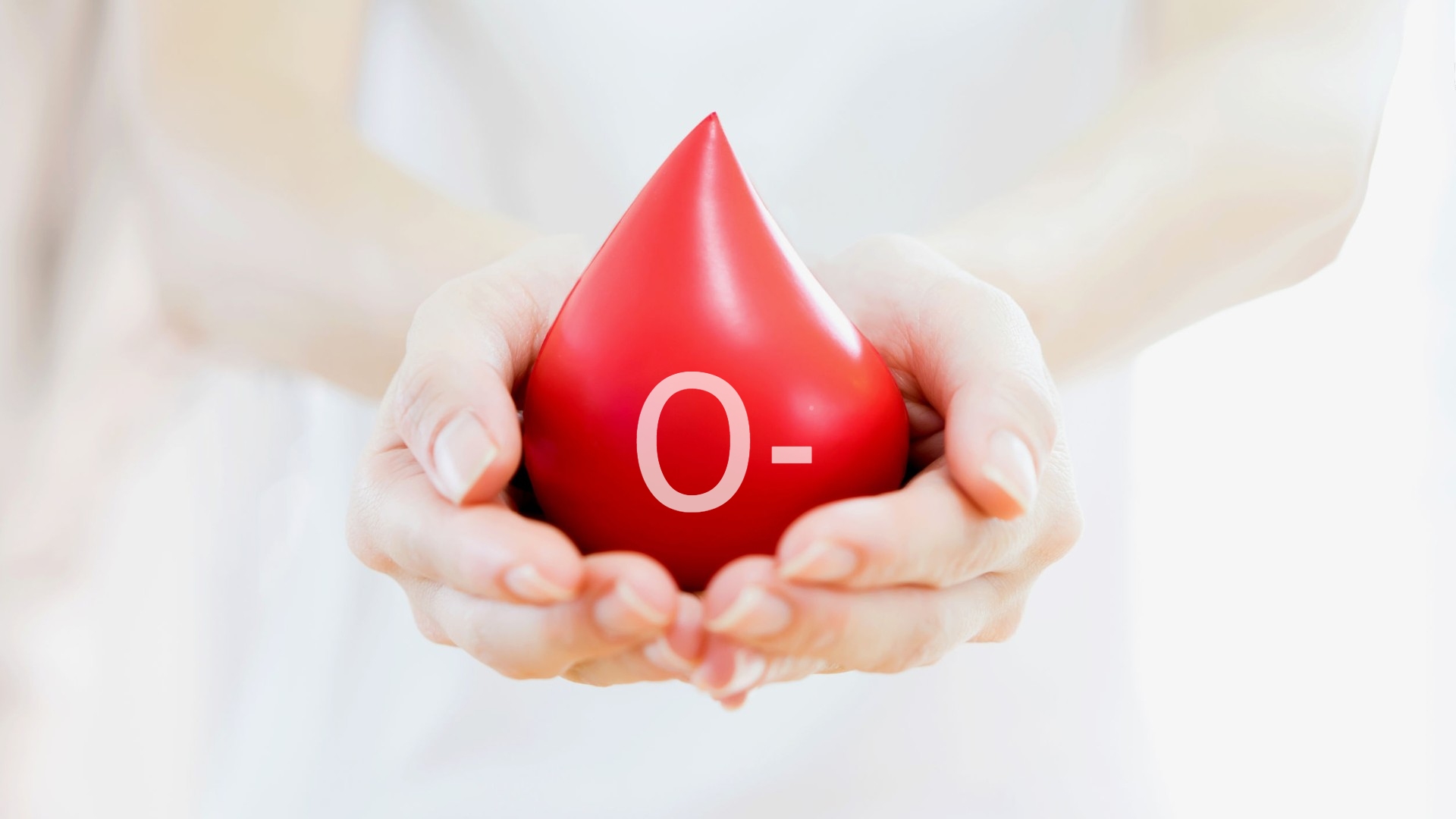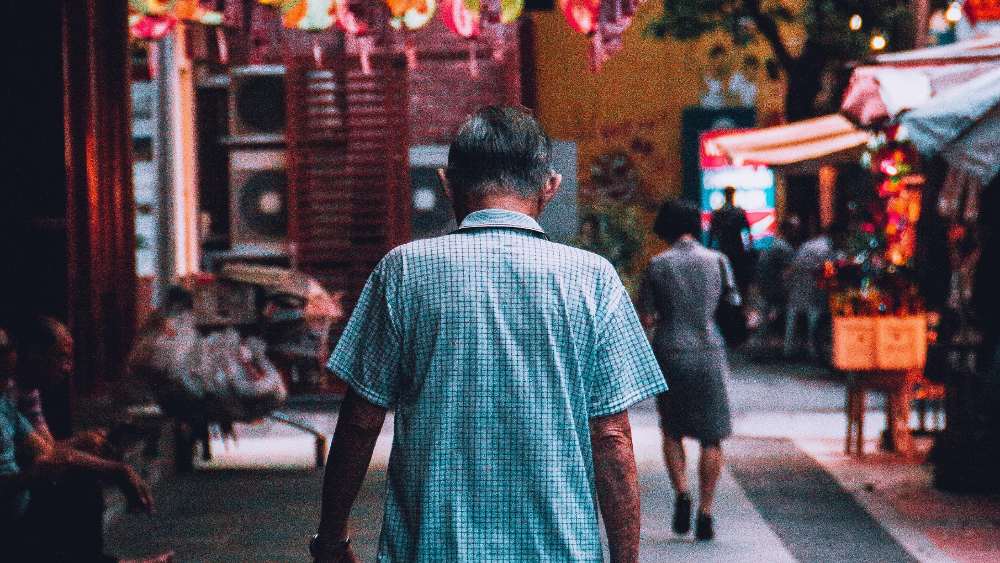Singapore Blood Stock Low: O- Blood Donors Needed
The Singapore Red Cross needs our help. Singapore's O- blood stock is getting low.
You can head to any of these four locations to donate:
• Bloodbank@HSA (map) at Health Sciences Authority, located opposite Outram Park MRT Station. Address: 11 Outram Road, Singapore 169078
• Bloodbank@Dhoby Ghaut (map) at Dhoby Ghaut MRT Station, Dhoby Xchange (near Exit B). Address: 11 Orchard Road, #B1-05 to 10, Singapore 238826
• Bloodbank@Woodlands (map) at Woodlands Civic Centre, located opposite Causeway Point. Address: 900 South Woodlands Drive, #05-07, Singapore 730900
• Bloodbank@WestgateTower (map) at Westgate Tower, linked to Jurong East MRT Station. Address: 1 Gateway Drive, #10-01 to 05, Singapore 608531
Call 6220 0183 to book an appointment with the Singapore Red Cross. Visit redcross.sg to find out more about blood stocks and blood donation.
Blood donations are essential for saving lives. Did you know that blood donation is one of the most common hospital procedures? Surgeries, thalassaemia and bleeding disorders, leukaemia and cancer treatment, chronic illnesses and traumatic injuries, all need blood donations for patients to survive.
If you aren’t already a blood donor, these 6 facts might help you become one this year:
1. World Blood Donor Day is 14 June every year
Since May 2005, World Blood Donor Day is celebrated every 14 June, commemorating Austrian biologist, physician, and immunologist Karl Landsteiner’s birthday. Landsteiner discovered the human ABO blood type system in 1900, and laid the foundation for the modern medical practice of blood transfusions. He was awarded the Nobel Prize for his work in 1930.
2. One donation can save three lives
Donors can give whole blood donations four times a year, at an interval of 12 weeks between each blood donation. This recommended time interval protects the wellbeing of donors, giving them ample recovery time to produce more blood. One unit of blood donated can save three lives.
3. Two types of blood donations
Whole blood donations collect the blood with all its components, while apheresis donations collect specific blood components such as plasma or platelets. Whole blood is usually collected during routine blood collection drives.
4. Don’t know your blood type? No problem
Blood type refers to different molecules on the surface of red blood cells. A mismatch of these molecules between donor and recipient can trigger a fatal immune reaction after a blood transfusion, as the recipient’s body attacks the outsider blood. That’s why potential donors often worry that not knowing their blood type may not be safe for others. But don’t worry – medical staff can easily ascertain your blood type, so there’s no risk to a recipient.
5. Donating is the only way to make more blood
In a world where nearly everything can be manufactured, rebuilt, and redesigned, scientists are still unable to make artificial blood, meaning people who need blood transfusions rely entirely on blood donations.
6. Donating blood is safe
The average adult has 4 to 5 litres of blood. During a donation, only 350 to 450 ml of blood is drawn, which is roughly only 10%-12% of your total blood volume. The fluid (plasma) portion of your donated blood will be replaced within three days, while, with adequate hydration and a balanced diet, red blood cells will be replaced by the body within 10 to 12 weeks.
For the latest updates on Wonderwall.sg, be sure to follow us on Facebook and Instagram. If you have a story idea for us, email us at [email protected].



/roundup_5_april_2024_rectangle.jpg?sfvrsn=21b9d2d9_1)







